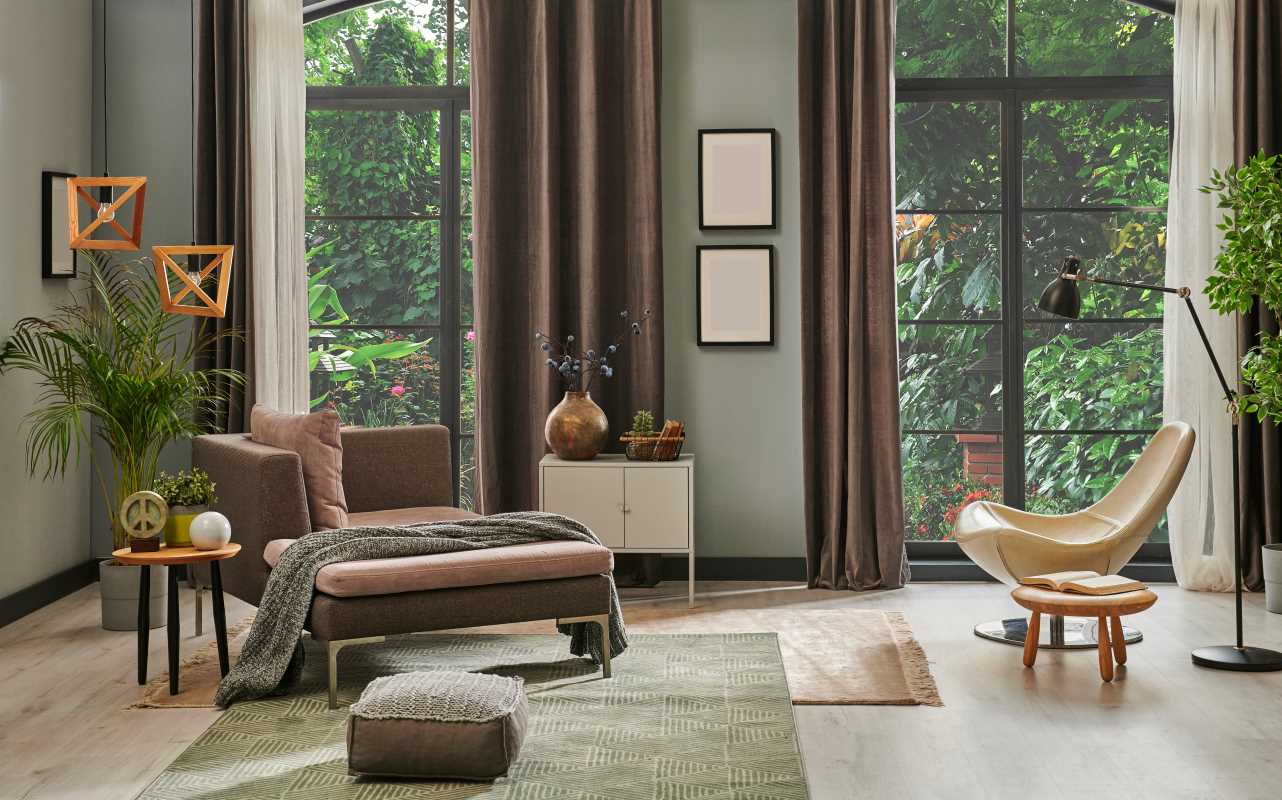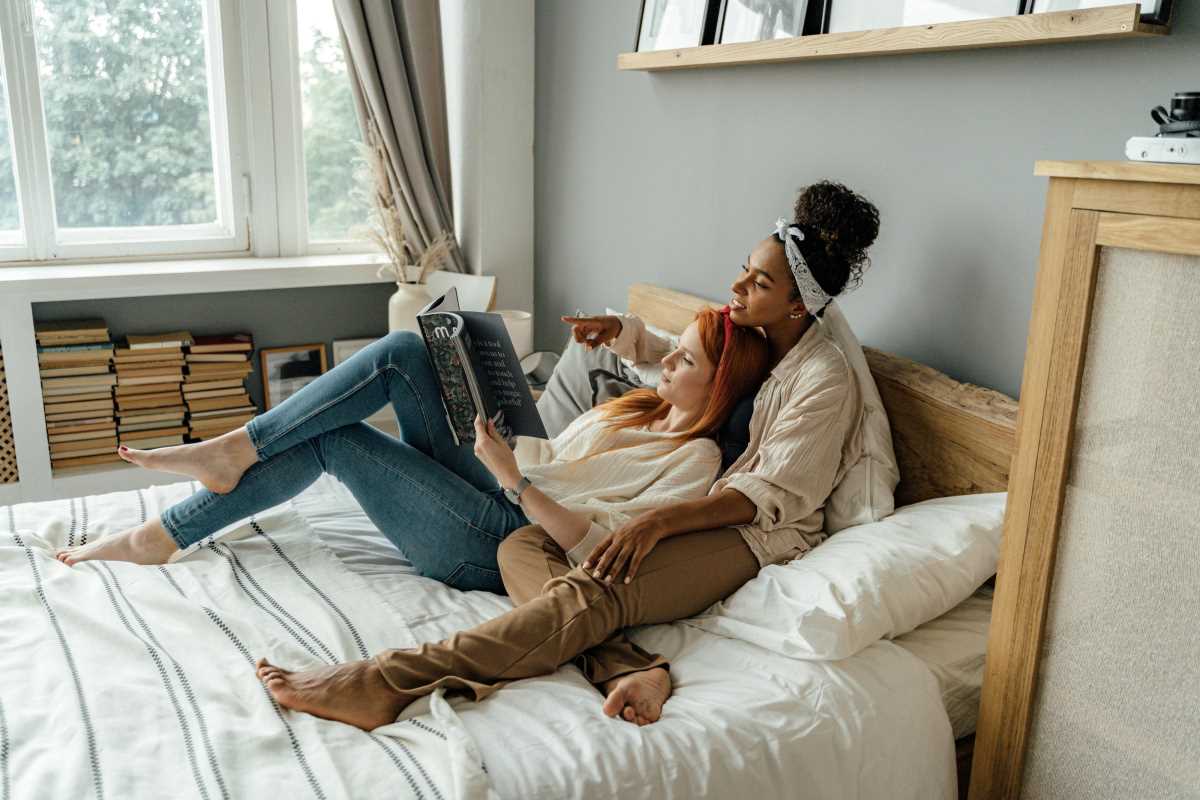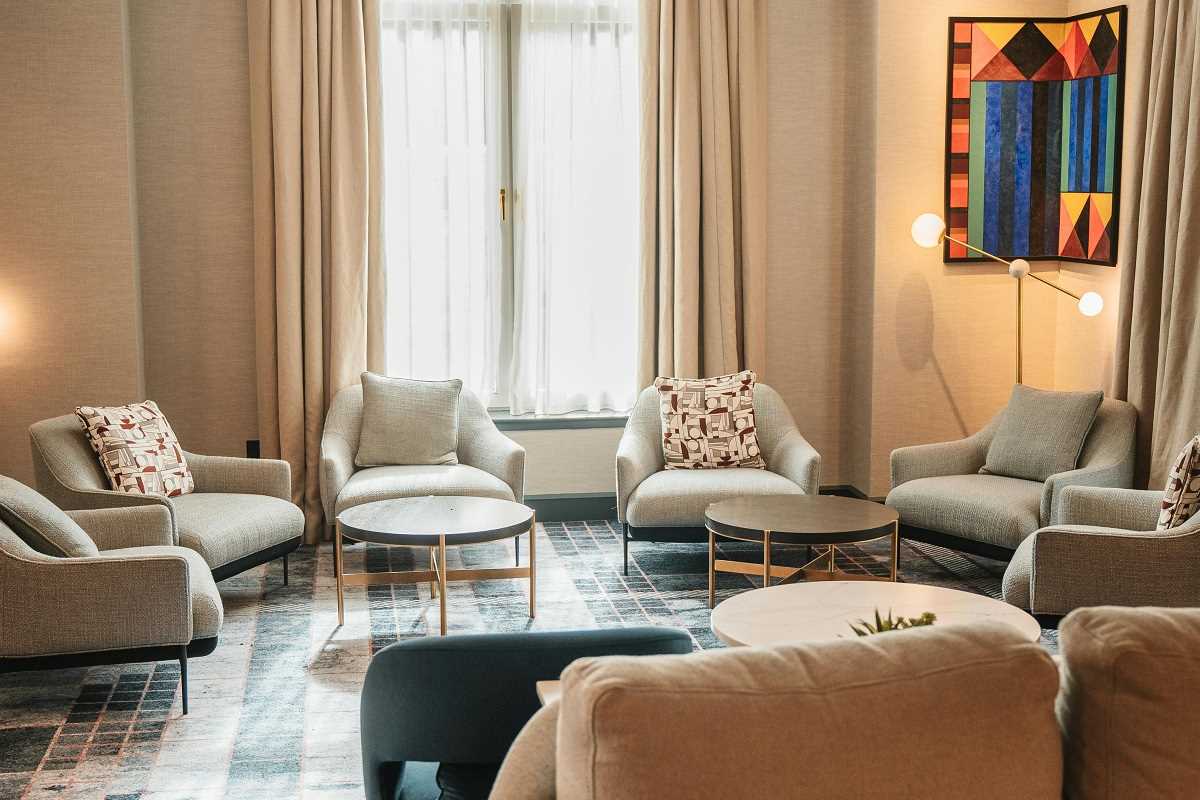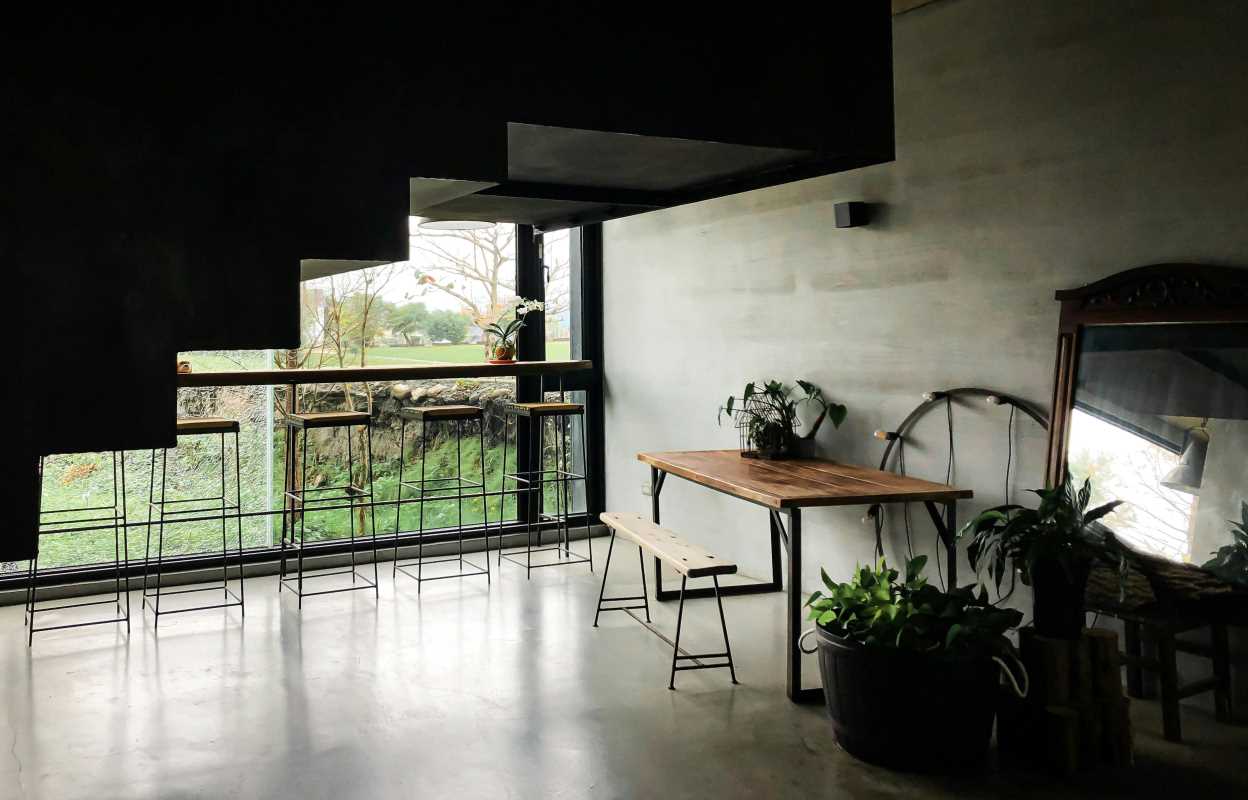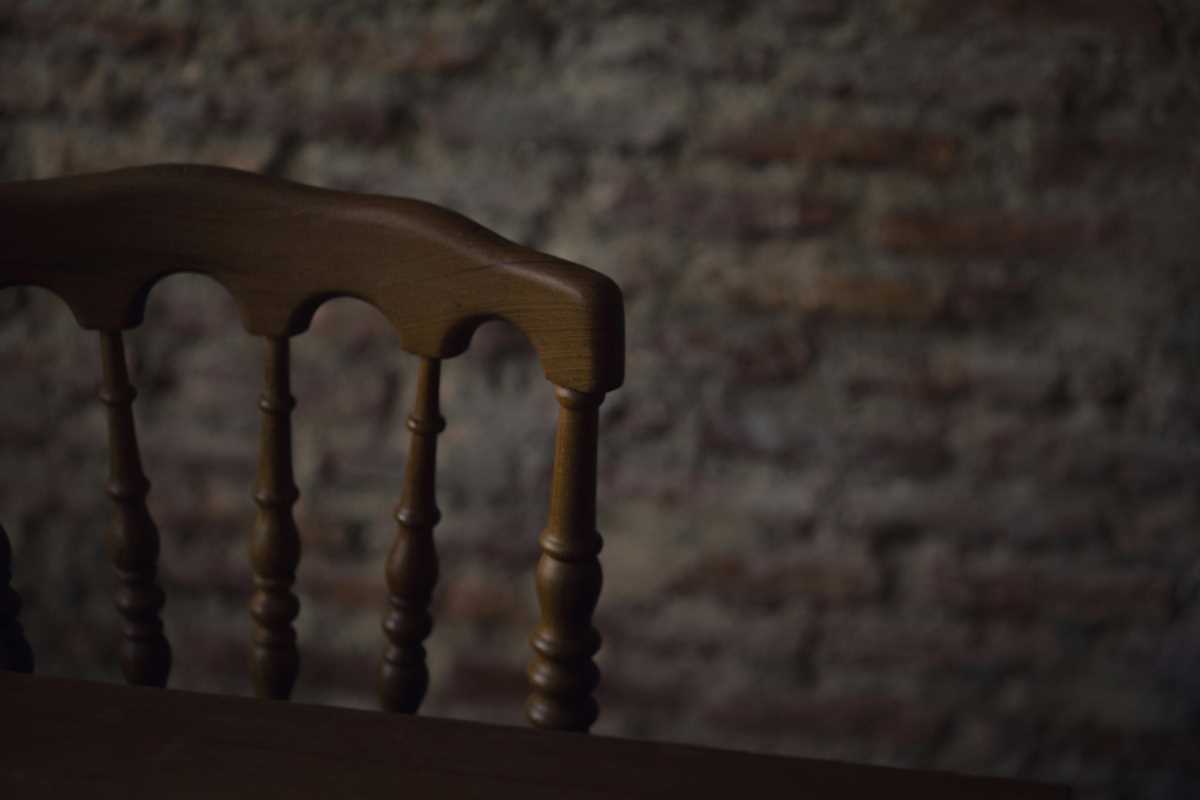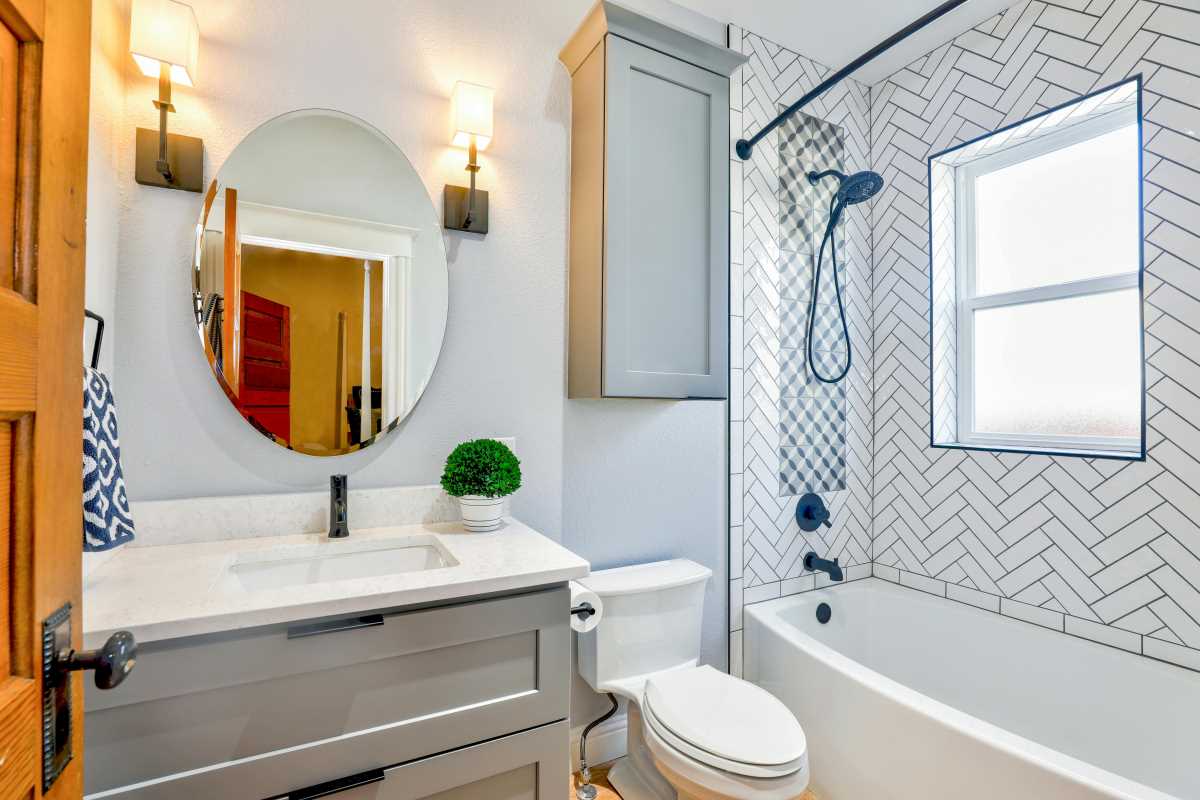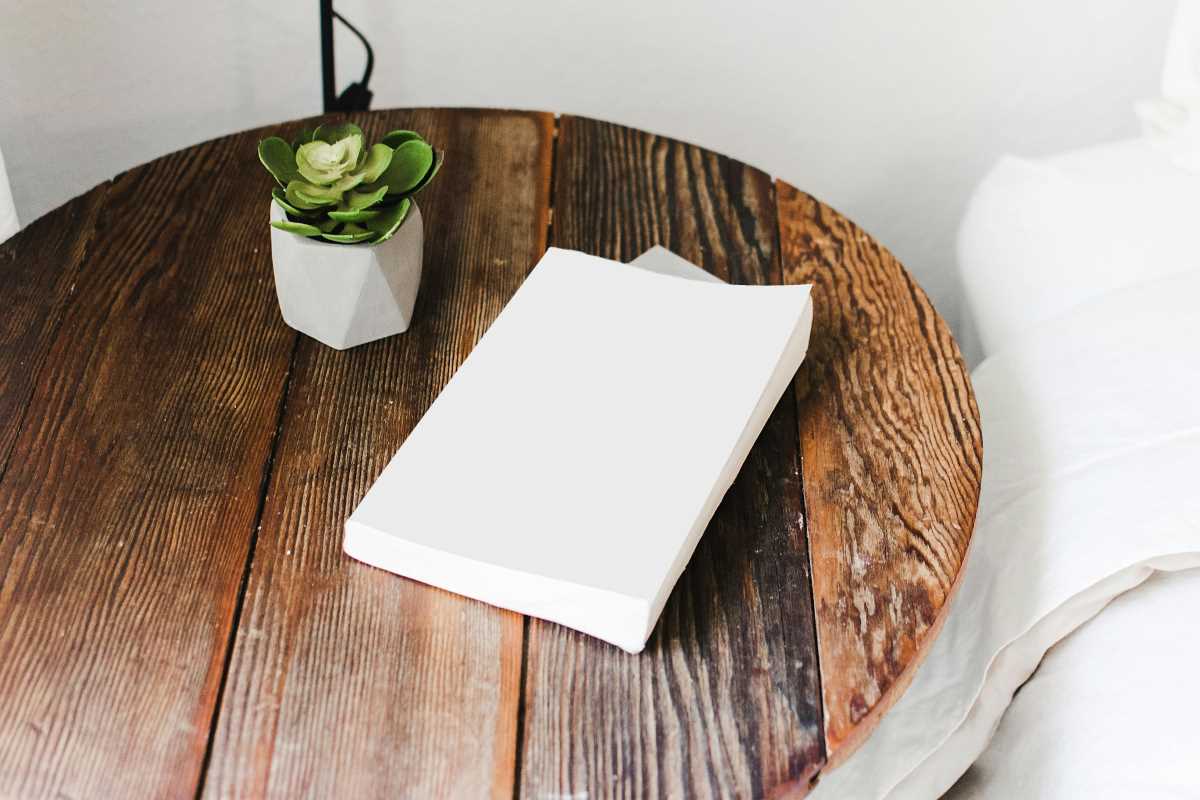So, you’re scrolling through your feed and see a room with a floral sofa, a striped rug, and geometric pillows that somehow looks amazing. You want that bold, curated vibe for your own space, but the idea of mixing patterns feels like a design-level-expert move. One wrong step and it could go from chic to chaotic, right?
Don't sweat it. Mixing patterns is one of the most fun ways to inject your personality into your decor, and it's totally achievable. It's all about following a few simple rules to create balance. Think of it as creating a playlist—you need different beats and rhythms that work together to create one killer track. Ready to become a pattern-mixing pro? Here’s your guide to layering prints like a boss without overwhelming your space.
Start with a Cohesive Color Palette
This is the golden rule of mixing patterns. A unified color story is the secret glue that holds everything together. When your patterns share a few common colors, they’ll feel connected instead of clashing.
- The Rule of Three: Pick three main colors to work with. For example, if you choose navy blue, blush pink, and cream, you can look for patterns that feature these colors. A navy striped rug, a blush floral pillow, and a cream geometric throw will look intentional and chic.
- Find a "Bridge" Print: Start with one multi-colored pattern that you absolutely love—like a statement rug or a piece of art. This will be your "bridge" print. Pull two or three colors from that piece to use in your other patterns.
- Keep It Consistent: Stick to your chosen color palette. This discipline will give you the freedom to get wild with the types of patterns you choose because the colors will keep everything feeling harmonious.
Vary the Scale of Your Patterns
This is just as important as your color palette. Mixing patterns of a similar size can look busy and confusing. The trick is to combine large, medium, and small-scale prints to create visual interest and give the eye a place to rest.
- Go Big First: Start with your largest pattern. This will be your main statement piece, like a large-scale floral wallpaper or a bold, oversized geometric rug. This print will set the tone for the room.
- Add a Medium Player: Next, bring in a medium-scale pattern. This could be something like a classic stripe on an accent chair or a mid-sized polka dot on your curtains. It should be noticeably smaller than your first pattern.
- Finish with Small Details: Finally, sprinkle in one or two small-scale patterns. These are your accents. Think small floral prints on throw pillows, a delicate herringbone pattern on a blanket, or a tiny geometric design on a lampshade.
Balance Different Types of Patterns
Now for the fun part: choosing your prints! The key is to mix different types of patterns to create a dynamic look. Combining organic, linear, and geometric prints is a foolproof formula.
- Organic: These are patterns inspired by nature, like florals, botanicals, animal prints, and painterly, abstract designs. They feel soft and free-flowing.
- Linear: This category includes stripes, plaids, and checks. They bring a sense of order and structure to the mix.
- Geometric: These are your structured, repeating patterns like circles, triangles, chevrons, and quatrefoils. They add a modern, graphic touch.
A classic combo? Try one floral (organic), one stripe (linear), and one small geometric print. This mix creates the perfect balance between soft and structured.
Use Neutrals to Ground the Space
When you’re playing with multiple patterns, you need something to give your eyes a break. This is where solids and neutrals come in. They act as a calming anchor that keeps the room from feeling too chaotic.
- The Solid Sofa: A great way to start is with a solid-colored sofa in a neutral shade like gray, cream, or beige. This gives you a blank canvas to pile on patterned pillows and throws.
- White Space is Your Friend: Don't feel like you need to cover every surface with a pattern. Leave some "white space"—like plain walls, a solid-colored rug, or simple curtains. This negative space is crucial for creating balance.
- Break It Up: Use solid-colored pillows to break up a group of patterned ones on a sofa. This creates separation and makes each pattern pop.
Pattern-Mixing Inspo for Every Room
Let’s see how this works in real life.
The Living Room
- Large Pattern: A vintage-style area rug with a large, faded floral print.
- Medium Pattern: Two accent chairs in a classic blue and white stripe.
- Small Patterns: Throw pillows in a small-scale geometric print and a subtle leopard print.
- Anchor: A solid, neutral gray sofa to tie it all together.
The Bedroom
- Large Pattern: A duvet cover with a bold, botanical leaf print.
- Medium Pattern: A plaid wool throw blanket at the end of the bed.
- Small Pattern: A pair of pillow shams with a delicate, small-scale dotted pattern.
- Anchor: A solid-colored upholstered headboard and simple, white sheets.
Mixing patterns is your chance to show off your authentic style and create a space that feels uniquely you. Start with a clear color plan, play with different scales, and don't be afraid to experiment. When you follow these simple guidelines, you'll be able to layer prints with confidence and create a room that's perfectly balanced and full of personality.
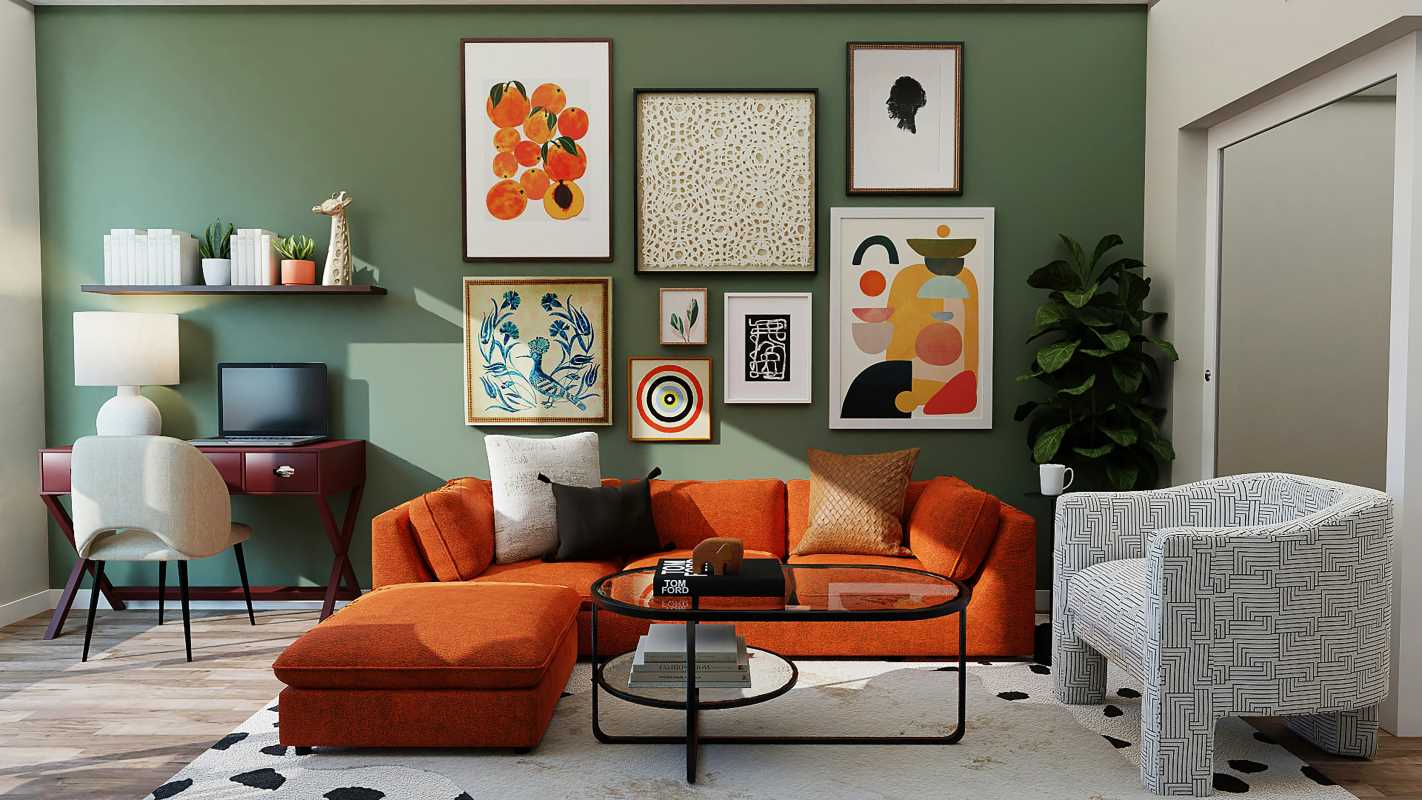 (Image via
(Image via